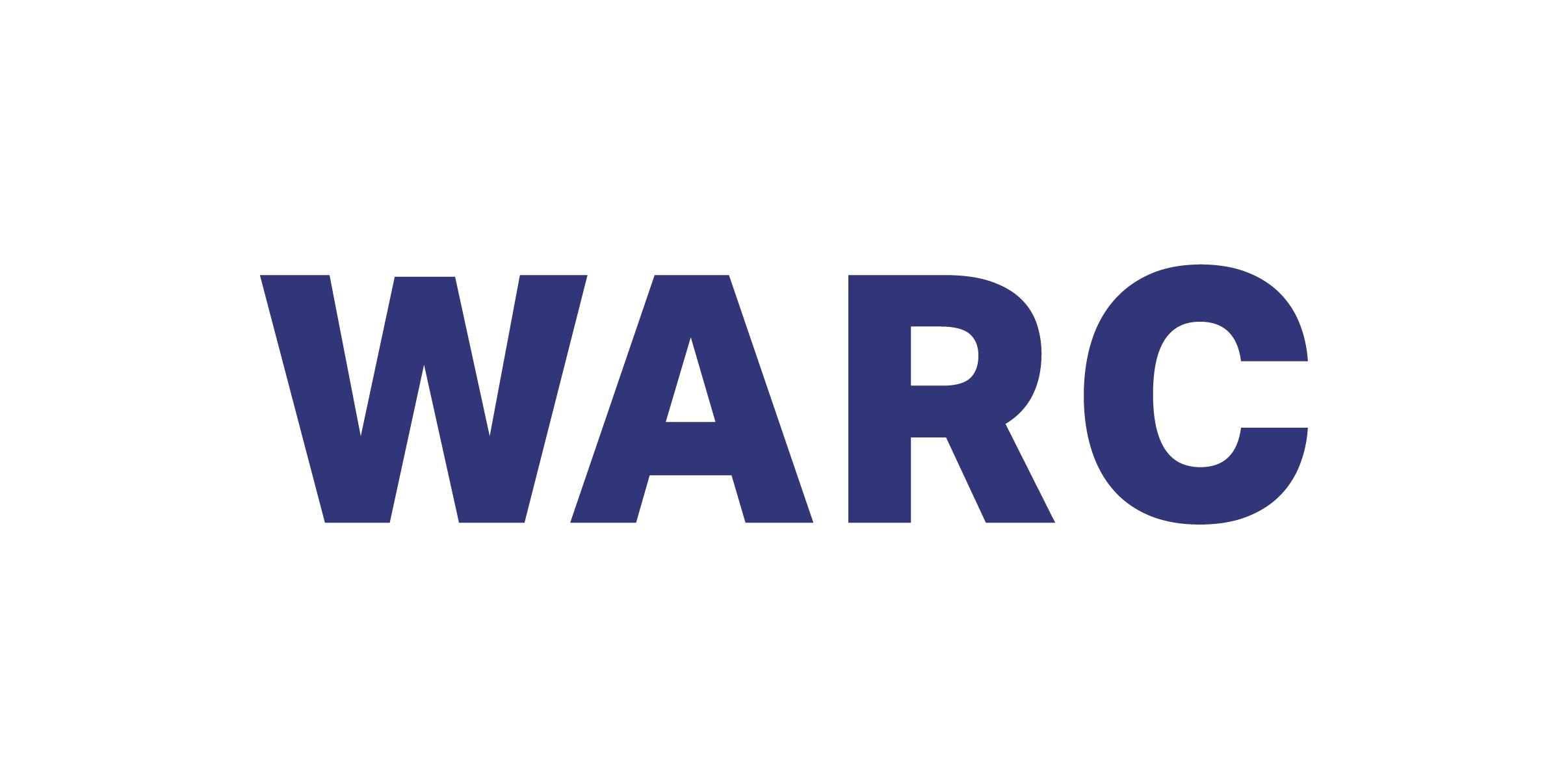A new guide by WARC has highlighted a persistent gap between marketing departments and corporate leadership, calling on marketers to refocus their pitch around business growth, profit, and cash flow rather than traditional campaign metrics.
Investment boosts growth but trust gap remains
The WARC Guide to Making the Case to the C-Suite reveals that while businesses that invest in marketing are three times more likely to achieve revenue growth above five percent.
It stated that many senior executives still question marketing’s financial contribution.
Only 17 percent of executives reported collaborating with their CMOs over the past year, and just half of CFOs believe marketing truly drives growth.
Shifting focus to business outcomes
Also, the report argues that marketers can reverse this skepticism by translating creative plans into financial projections that resonate with the boardroom.
Instead of seeking additional funds to boost impressions or engagement, CMOs are encouraged to forecast how spend can directly lift sales and improve margins.
For instance, requesting one million dollars more in budget could be framed as a route to four million dollars in incremental net sales rather than a larger media footprint.
Proof points and persistent myths
WARC’s analysis identifies six core proof points that help link brand building with business value.
These include demonstrating that strong brand equity leads to higher profit margins, deeper customer loyalty, and increased market share.
Companies that prioritize marketing consistently outpace their peers, yet many still fail to present this evidence convincingly to CFOs.
The guide also tackles widespread myths that undermine marketing budgets.
For example, while return on ad spend remains a popular metric, WARC warns it can create a short-term mindset that hurts long-term brand health.
Similarly, cutting advertising during economic downturns might protect cash temporarily but often damages market share, making recovery costlier.
Historical data shows that brands that keep investing during recessions not only protect sales but often emerge stronger.
Creativity as a lever for ROI
Creative consistency, often viewed as abstract, is reframed in the report as a concrete lever to boost ROI.
Assets such as sonic logos and visual cues don’t wear out easily and help brands stay top of mind, especially in digital environments.
This makes them a strategic investment rather than a creative luxury.
Building trust through collaboration
Importantly, WARC highlights the need for closer collaboration between marketing and finance teams.
Meanwhile, it affirmed that establishing shared KPIs tied to sales targets, profit margins, and market share can build trust and make the marketing budget an integral part of growth strategy rather than a cost to be trimmed.
Learning from real-world cases
With that, the report points to real-world examples like Yorkshire Tea and Rosewood Hotel Group, where consistent brand investment translated into measurable business gains.
Therefore, it recommends agile budgeting models that allow brands to shift spending quickly based on performance data without losing sight of long-term goals.
Brand as a future growth asset
Finally, WARC stresses that brand is not merely a marketing asset but a business asset that safeguards future demand.
Brands that continued advertising during previous recessions recovered faster, posted stronger annual market share growth, and avoided years of catch-up spending.
ALSO WATCH MARKETING EDGE ONTV





Comment
No comments found.